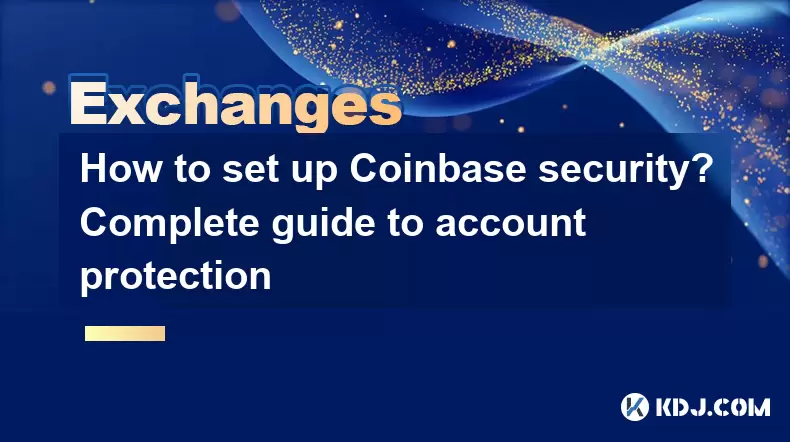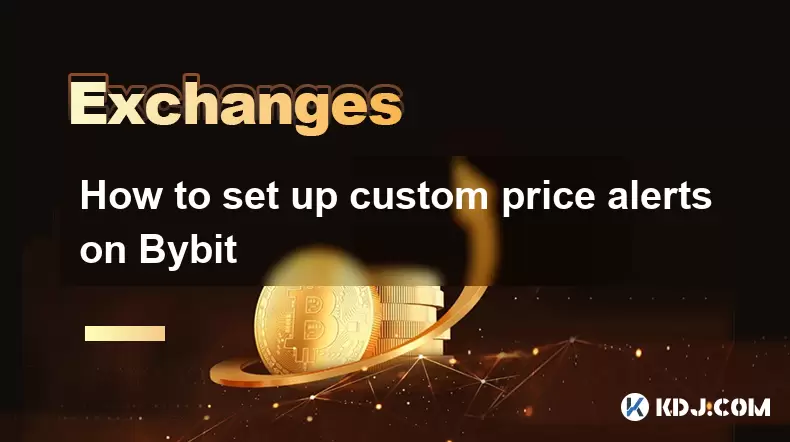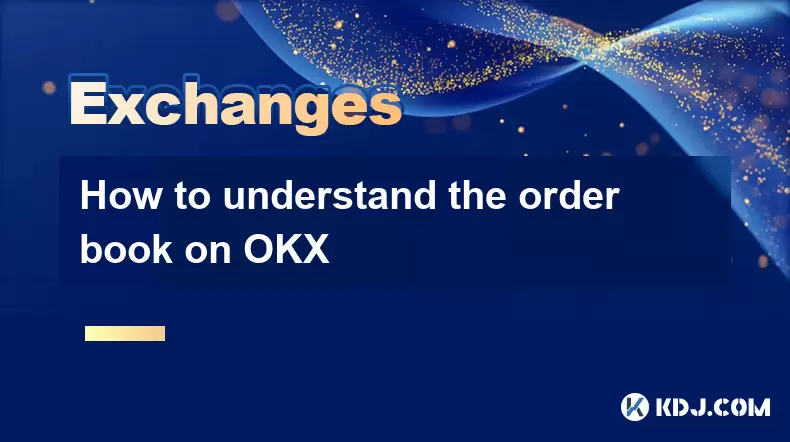-
 Bitcoin
Bitcoin $115000
0.88% -
 Ethereum
Ethereum $3727
2.86% -
 XRP
XRP $3.001
2.15% -
 Tether USDt
Tether USDt $1.000
0.03% -
 BNB
BNB $765.7
0.59% -
 Solana
Solana $169.5
3.52% -
 USDC
USDC $0.9999
0.00% -
 TRON
TRON $0.3391
1.24% -
 Dogecoin
Dogecoin $0.2059
2.68% -
 Cardano
Cardano $0.7418
2.24% -
 Hyperliquid
Hyperliquid $37.92
1.29% -
 Stellar
Stellar $0.4017
2.54% -
 Sui
Sui $3.508
2.67% -
 Chainlink
Chainlink $16.87
2.81% -
 Bitcoin Cash
Bitcoin Cash $569.4
2.08% -
 Hedera
Hedera $0.2472
0.22% -
 Ethena USDe
Ethena USDe $1.001
0.01% -
 Avalanche
Avalanche $22.29
1.22% -
 Litecoin
Litecoin $118.0
0.74% -
 UNUS SED LEO
UNUS SED LEO $8.924
-0.75% -
 Toncoin
Toncoin $3.236
1.65% -
 Shiba Inu
Shiba Inu $0.00001238
1.79% -
 Uniswap
Uniswap $9.827
3.02% -
 Polkadot
Polkadot $3.684
1.92% -
 Dai
Dai $1.000
0.01% -
 Monero
Monero $283.0
-2.73% -
 Bitget Token
Bitget Token $4.362
0.47% -
 Cronos
Cronos $0.1458
4.97% -
 Pepe
Pepe $0.00001054
2.58% -
 Ethena
Ethena $0.6238
9.53%
How to set up Coinbase security? Complete guide to account protection
To secure your Coinbase account, enable Two-Factor Authentication, use a strong password, set up security keys, whitelist withdrawal addresses, and consider using a hardware wallet for long-term storage.
Jun 05, 2025 at 08:56 pm

Setting up robust security measures for your Coinbase account is crucial to safeguard your cryptocurrency investments. In this comprehensive guide, we will walk you through the various steps and options available to enhance the security of your Coinbase account. From enabling two-factor authentication to understanding the importance of hardware wallets, we will cover everything you need to know to protect your assets.
Understanding Coinbase Security Basics
Before diving into specific security measures, it's essential to understand the foundational elements of Coinbase security. Coinbase employs several layers of protection to keep your account and funds safe, including encryption, insurance, and compliance with regulatory standards. However, as a user, you play a critical role in ensuring the security of your account. By following best practices and utilizing the available security features, you can significantly reduce the risk of unauthorized access and potential losses.
Enabling Two-Factor Authentication (2FA)
One of the most effective ways to enhance the security of your Coinbase account is by enabling Two-Factor Authentication (2FA). 2FA adds an additional layer of security by requiring a second form of verification beyond just your password. Here's how to enable 2FA on Coinbase:
- Log into your Coinbase account and navigate to the "Settings" page.
- Click on the "Security" tab.
- Under the "Two-factor authentication" section, select "Enable".
- Choose your preferred 2FA method: Authenticator App or SMS.
- If you choose an Authenticator App, such as Google Authenticator or Authy, you will need to scan the QR code provided by Coinbase with your app.
- If you choose SMS, you will receive a text message with a verification code each time you log in.
- Enter the verification code provided by your chosen method to complete the setup.
Using an Authenticator App is generally considered more secure than SMS, as it is less vulnerable to SIM-swapping attacks.
Setting Up a Strong Password
A strong password is your first line of defense against unauthorized access. Here are some tips for creating a robust password for your Coinbase account:
- Use a minimum of 12 characters.
- Include a mix of uppercase and lowercase letters, numbers, and special characters.
- Avoid using easily guessable information such as birthdays, names, or common words.
- Do not reuse passwords across multiple accounts.
- Consider using a password manager to generate and store complex passwords securely.
Regularly updating your password is also a good practice to maintain the security of your account.
Utilizing Security Keys
For an even higher level of security, you can use security keys with your Coinbase account. Security keys are physical devices that provide an additional layer of protection by requiring you to insert or tap the key during login. Here's how to set up a security key on Coinbase:
- Log into your Coinbase account and go to the "Settings" page.
- Navigate to the "Security" tab.
- Under the "Security Key" section, click on "Add Security Key".
- Follow the on-screen instructions to register your security key. This usually involves inserting the key into your computer or tapping it if it's a contactless device.
- Complete the setup by entering the verification code provided by the security key.
Security keys are highly recommended for users who want the utmost protection, as they are resistant to phishing and other common cyber attacks.
Implementing Withdrawal Whitelisting
Withdrawal whitelisting is a feature that allows you to specify which addresses are authorized to receive withdrawals from your Coinbase account. By limiting withdrawals to pre-approved addresses, you can prevent unauthorized transfers. Here's how to set up withdrawal whitelisting:
- Log into your Coinbase account and go to the "Settings" page.
- Click on the "Security" tab.
- Under the "Withdrawal Addresses" section, click on "Add New Address".
- Enter the cryptocurrency address you want to whitelist and give it a label for easy identification.
- Confirm the addition of the new address.
It's important to double-check the addresses you enter, as any mistake could result in funds being sent to the wrong destination.
Using a Hardware Wallet
For long-term storage of your cryptocurrencies, consider using a hardware wallet. Hardware wallets store your private keys offline, making them immune to online hacks. While Coinbase does not directly support hardware wallets for storing assets on their platform, you can transfer your cryptocurrencies to a hardware wallet for added security. Here's how to do it:
- Purchase a reputable hardware wallet such as Ledger or Trezor.
- Set up your hardware wallet according to the manufacturer's instructions.
- Generate a new address on your hardware wallet for the cryptocurrency you want to store.
- Log into your Coinbase account and navigate to the "Send/Receive" section.
- Select the cryptocurrency you want to transfer and enter the address generated by your hardware wallet.
- Confirm the transaction and wait for it to be processed on the blockchain.
By moving your assets to a hardware wallet, you retain full control over your private keys, significantly enhancing the security of your investments.
Monitoring Account Activity
Regularly monitoring your account activity is crucial for detecting any suspicious behavior early. Coinbase provides tools to help you keep an eye on your transactions and account changes. Here's how to monitor your account activity:
- Log into your Coinbase account and go to the "Activity" page.
- Review your recent transactions, including deposits, withdrawals, and trades.
- Check the "Security" tab for any changes to your account settings, such as new devices logged in or changes to 2FA.
- If you notice any unauthorized activity, immediately change your password and contact Coinbase support.
Staying vigilant and proactive in monitoring your account can help you respond quickly to potential security threats.
Frequently Asked Questions
Q: Can I use the same 2FA method for multiple accounts?
A: Yes, you can use the same Authenticator App or SMS number for multiple accounts. However, for maximum security, it's recommended to use unique 2FA methods for different accounts to prevent a single point of failure.
Q: What should I do if I lose my security key?
A: If you lose your security key, you should immediately contact Coinbase support. They can help you regain access to your account, but you may need to provide additional verification to ensure the security of your account.
Q: How often should I update my withdrawal whitelist?
A: It's a good practice to review and update your withdrawal whitelist periodically, especially if you frequently use new addresses. However, there's no need to change it too often if your addresses remain the same.
Q: Are there any fees associated with transferring to a hardware wallet?
A: Coinbase may charge a small transaction fee for transferring cryptocurrencies to a hardware wallet, depending on the cryptocurrency and network congestion. Always check the estimated fees before confirming the transfer.
Disclaimer:info@kdj.com
The information provided is not trading advice. kdj.com does not assume any responsibility for any investments made based on the information provided in this article. Cryptocurrencies are highly volatile and it is highly recommended that you invest with caution after thorough research!
If you believe that the content used on this website infringes your copyright, please contact us immediately (info@kdj.com) and we will delete it promptly.
- IREN Overtakes: A New King in the Bitcoin Miner Hashrate Race?
- 2025-08-07 16:31:29
- Memecoins Mania: Whales Eye Pepe Dollar (PEPD) as Bonk Cools Off, While MoonBull Hogs the Spotlight!
- 2025-08-07 16:51:17
- Unilabs, PEPE, and Investment Risk: Navigating the Crypto Hype
- 2025-08-07 16:31:29
- Meme Coin Mania: Rug Pulls, CZ-Inspired Tokens, and the Wild West of Crypto
- 2025-08-07 16:57:14
- HashFlare Founders Face the Music: Jail Time Looms?
- 2025-08-07 14:30:12
- Pepeto's Pounce: Meme Coin Mania Meets Blockchain Infrastructure
- 2025-08-07 15:10:12
Related knowledge

How to deposit USD on Bitstamp
Aug 07,2025 at 05:18pm
Understanding Bitstamp and USD DepositsBitstamp is one of the longest-standing cryptocurrency exchanges in the industry, offering users the ability to...

How to set up custom price alerts on Bybit
Aug 07,2025 at 04:31pm
Understanding Price Alerts on BybitPrice alerts on Bybit are essential tools for traders who want to stay informed about significant price movements i...

How to use the API for automated trading on OKX
Aug 07,2025 at 05:21pm
Understanding the OKX API for Automated TradingThe OKX API provides a powerful interface for users to automate their trading strategies, access real-t...

How to claim airdropped tokens on Gate.io
Aug 07,2025 at 04:01pm
Understanding Airdropped Tokens on Gate.ioAirdropped tokens are digital assets distributed for free by blockchain projects to promote awareness, incen...

How to paper trade cryptocurrencies on OKX
Aug 07,2025 at 06:01pm
Understanding Paper Trading in the Cryptocurrency ContextPaper trading, also known as simulated or virtual trading, allows users to practice buying an...

How to understand the order book on OKX
Aug 07,2025 at 03:49pm
What Is an Order Book on OKX?The order book on OKX is a real-time, dynamic list of all open buy and sell orders for a specific cryptocurrency trading ...

How to deposit USD on Bitstamp
Aug 07,2025 at 05:18pm
Understanding Bitstamp and USD DepositsBitstamp is one of the longest-standing cryptocurrency exchanges in the industry, offering users the ability to...

How to set up custom price alerts on Bybit
Aug 07,2025 at 04:31pm
Understanding Price Alerts on BybitPrice alerts on Bybit are essential tools for traders who want to stay informed about significant price movements i...

How to use the API for automated trading on OKX
Aug 07,2025 at 05:21pm
Understanding the OKX API for Automated TradingThe OKX API provides a powerful interface for users to automate their trading strategies, access real-t...

How to claim airdropped tokens on Gate.io
Aug 07,2025 at 04:01pm
Understanding Airdropped Tokens on Gate.ioAirdropped tokens are digital assets distributed for free by blockchain projects to promote awareness, incen...

How to paper trade cryptocurrencies on OKX
Aug 07,2025 at 06:01pm
Understanding Paper Trading in the Cryptocurrency ContextPaper trading, also known as simulated or virtual trading, allows users to practice buying an...

How to understand the order book on OKX
Aug 07,2025 at 03:49pm
What Is an Order Book on OKX?The order book on OKX is a real-time, dynamic list of all open buy and sell orders for a specific cryptocurrency trading ...
See all articles

























































































